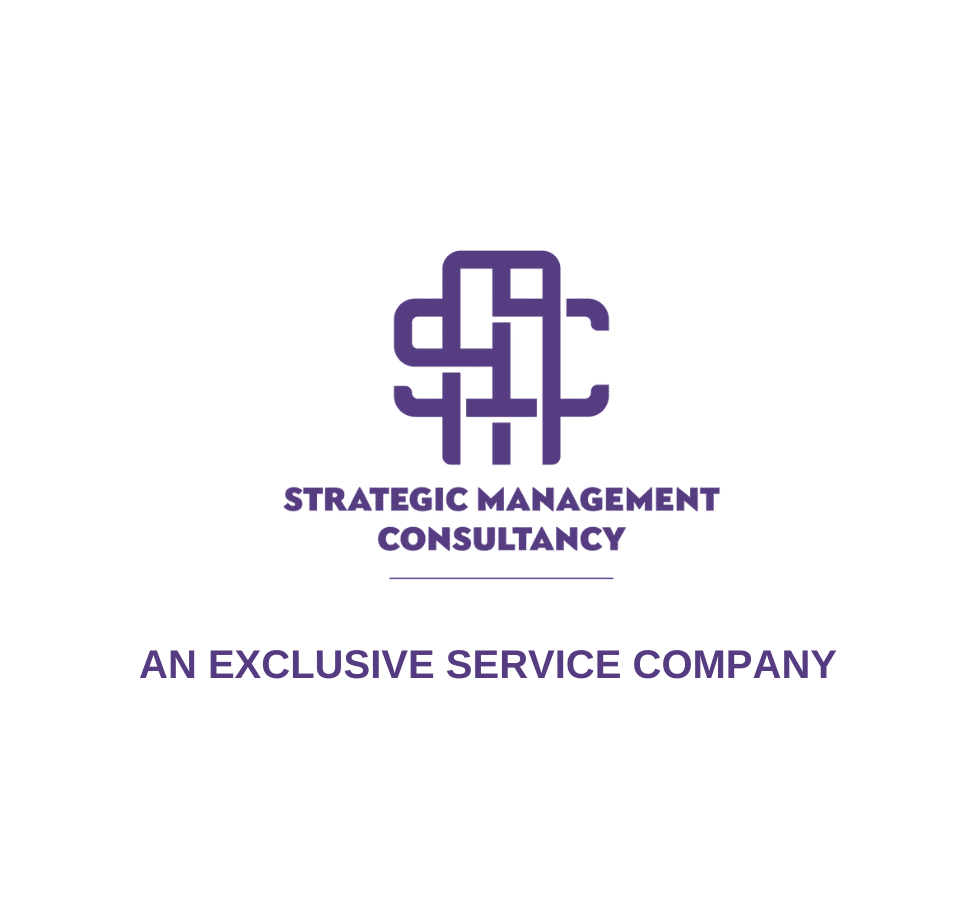What Is The OKR System And How Is Its Success Measured?
- 18 January 2024
- Posted by: smcservice
- Category: Business Process Management

OKR (Objectives and Key Results) is a system implemented in many large companies in the world, aiming to motivate employees in line with company goals. In this system, priority goals are determined and the extent to which these goals are achieved is measured. “Targets and Key Results” are used to guide employees in line with the company’s long-term goals and to be a driving force in the company’s progress.
Differences between Standard Performance Evaluation System and OKR
OKR is a system that allows employees to make more flexible decisions in line with the objectives. Rather than complex goals, clearer goals are set for employees. In the Standard Performance Evaluation, the goals created to evaluate the employees are much more different and detailed for each employee. The compatibility of achieving these goals with the main goals is sometimes overlooked. The difference of OKR is that it focuses on the main goals and sets more understandable goals. For companies that want to switch to the OKR system, SMC provides detailed consultancy services to prevent problems that may occur during the transition process.
Benefits of OKR System to Companies
Since the employees can understand and internalize the company goals more easily, in the OKR system, the goals of the employee and the company meet at a common point. This increases the sense of belonging of the employees and improves their loyalty to the company. In addition, the OKR system helps the company to make its medium and long-term goals more specific. By focusing on these goals, the contribution of the employees to the company increases. Every employee begins to contribute to the main goals of the company.
Many departments set goals for themselves. While the target for production is to provide the highest amount of production, the sales department is concerned with the sales turnover. However, with OKR, it is ensured that the company acts in line with the common goals and the production department will start to think about the production with less cost, while sales will consider its contribution not only to the turnover but also to the total profitability of the company.
Difference between OKR and KPI
OKR and KPI are not competitors or substitutes. By using these two systems at the same time, the complementary effect of each other can be benefited from. Thanks to OKR, KPI targets can be made more specific. While determining the steps to be taken to achieve the goals with OKR, these can be converted into KPI goals. While KPI is focused on shorter-term and lasting projects, OKR requires longer-term thinking. While KPI is more concerned with the past and present state of processes, OKR is concerned with how future processes should be planned. If we think of OKR as a strategic plan, it is more tactical plans targeted with KPI.
We help you with our SMC Service HR Process consultants. For detailed information and support, you can contact us at [email protected] or on the WhatsApp line at +90 543 353 34 94.
